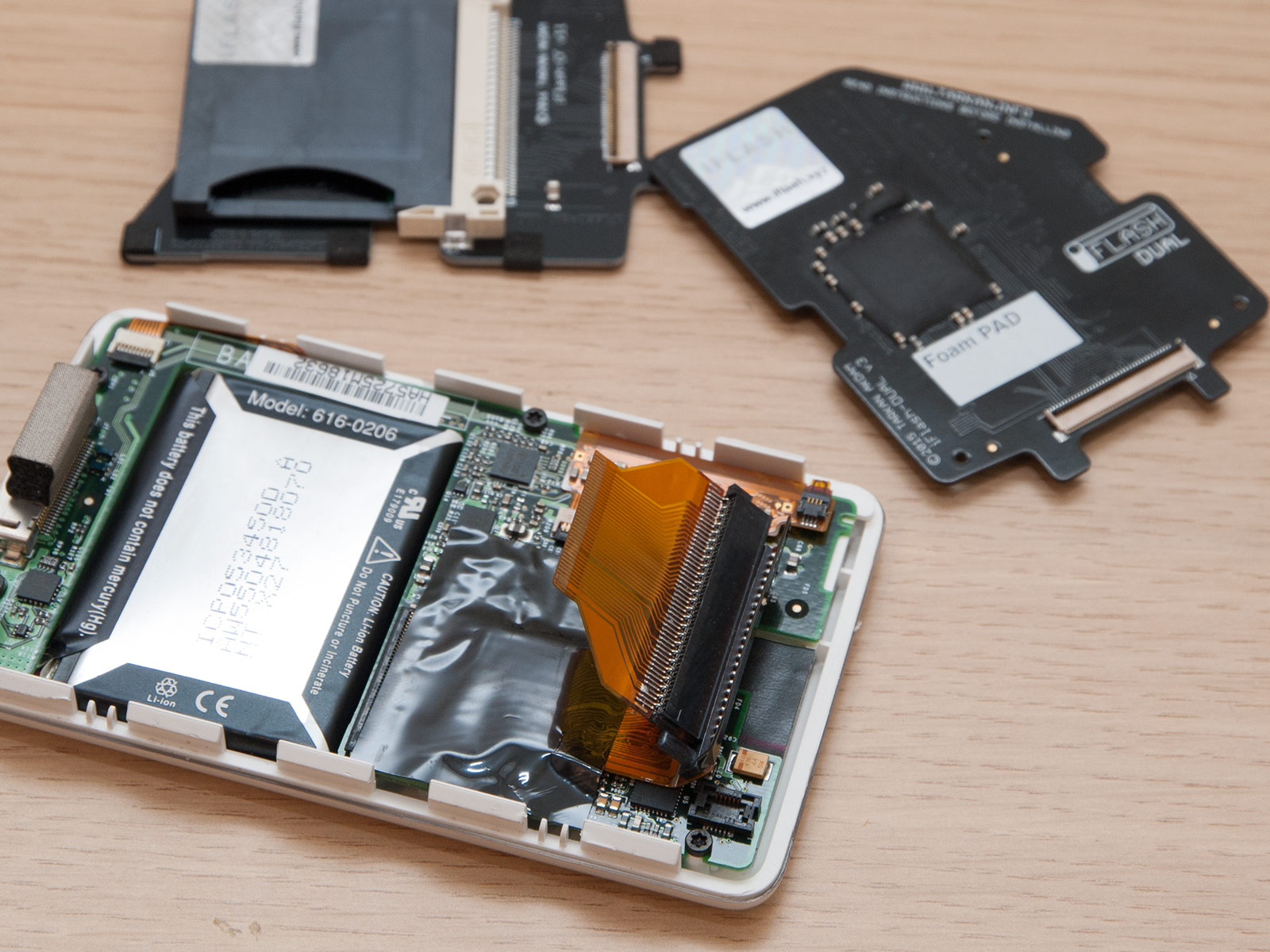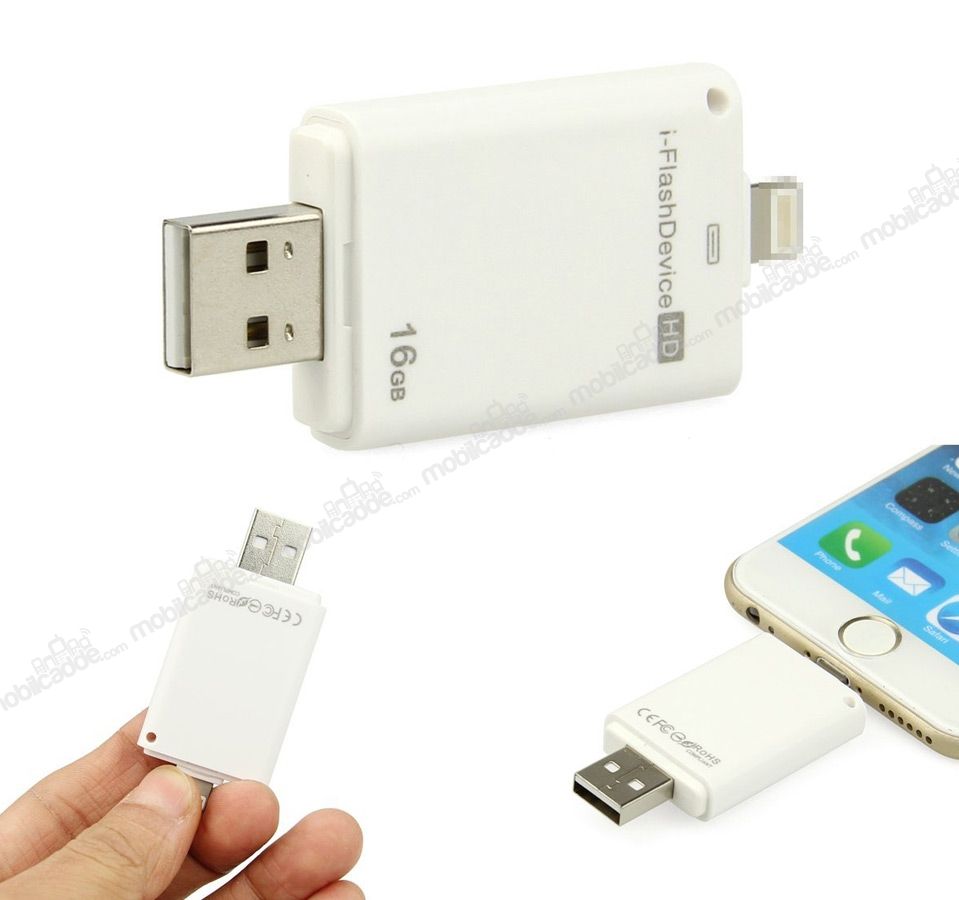

- Iflash device hd update upgrade#
- Iflash device hd update software#
- Iflash device hd update download#
Note: the iFlash is too big for the enclosure I got. I popped my microSD cards into the iFlash Adaptor, added the 4th Gen iPod adaptor and put it into the hard drive enclosure.

These are cheap-ish and fairly easily found on eBay and Amazon. I ordered a hard drive enclosure that would work with the 4th Gen iPod interface as well.The interface is the same as the one required by the iRiver H320. I ordered the iFlash adaptor for using the iFlash with 4th Gen iPods.Any one of their offerings should work though (the SD version, the CF version, etc, etc.)
 I ordered the iFlash Quad MicroSD adaptor for iPods. I took it upon myself to figure out something using readily available parts that should be available for a long time to come. I purchased a mint condition H320 on eBay, but knew I would soon be frustrated by the hard drive, both its limited size and the fact that it isn't solid state.I did a little research and found it surprisingly hard to get a consistently used method of upgrading these players. I decided to explore vintage players and after a while started looking at the iRiver H320 and the H340. Sound quality, UI issues, and excessive pricing were frustrating me, and I don't like using my phone as a DAP (battery life, sound quality, etc, etc.). The LED will flash white while upgrading and turn into a steady white when it is complete.I was recently looking for a DAP alternative to the current offerings out there. Once it is uploaded, reboot the Cloud Key to complete the firmware upgrade. Upload the firmware you downloaded in step (1). From here you can reset, reboot, power off and most importantly upload an updated firmware bin file. You will be taken to the Recovery Mode screen.
I ordered the iFlash Quad MicroSD adaptor for iPods. I took it upon myself to figure out something using readily available parts that should be available for a long time to come. I purchased a mint condition H320 on eBay, but knew I would soon be frustrated by the hard drive, both its limited size and the fact that it isn't solid state.I did a little research and found it surprisingly hard to get a consistently used method of upgrading these players. I decided to explore vintage players and after a while started looking at the iRiver H320 and the H340. Sound quality, UI issues, and excessive pricing were frustrating me, and I don't like using my phone as a DAP (battery life, sound quality, etc, etc.). The LED will flash white while upgrading and turn into a steady white when it is complete.I was recently looking for a DAP alternative to the current offerings out there. Once it is uploaded, reboot the Cloud Key to complete the firmware upgrade. Upload the firmware you downloaded in step (1). From here you can reset, reboot, power off and most importantly upload an updated firmware bin file. You will be taken to the Recovery Mode screen. Iflash device hd update software#
User Tip: If you don't know your Cloud Key's IP address, you can use the arp -a SSH command, or software such as nmap to find the IP address. If your Cloud Key does have an IP address assigned by the DHCP server, the fallback IP will not work. If it has not been assigned an IP address, you can try the fallback: 192.168.1.30. Note: The IP address comes from your DHCP server. Open your browser and type the IP address for the Cloud Key. Continue holding the Reset button for 10 seconds, until the LED flashes blue and white. Press and hold the Reset button and then connect it to the power source. Iflash device hd update upgrade#
The firmware will upgrade and the device will automatically reboot once it has finished.
Once in TFTP, paste the following commands and hit enter. Enter TFTP mode by entering the command:. Select the downloaded firmware image and transfer it to the AP. Use the built-in TFTP command line tool, or a separate program such as Tftpd64 or pumpKIN. There are various programs and methods for accomplishing this. Use TFTP to move the firmware from your computer to your AP. The following is an example configuration: Set a static IP address on your computer to communicate with the AP, which has a default IP address of 192.168.1.20. This indicates your device is ready for TFTP Recovery and you can release the button. Continue holding the Reset button until the LED flashes white, blue, off as indicated in our LED Status Guide. Press and hold the Reset button, and connect your computer to the available ethernet port of the AP. Connect your AP and computer to the same network or VLAN, either through a PoE switch or by connecting the computer directly to the network (data) port on the PoE adapter. Iflash device hd update download#
Download the most recent firmware for your device, found here.







 0 kommentar(er)
0 kommentar(er)
